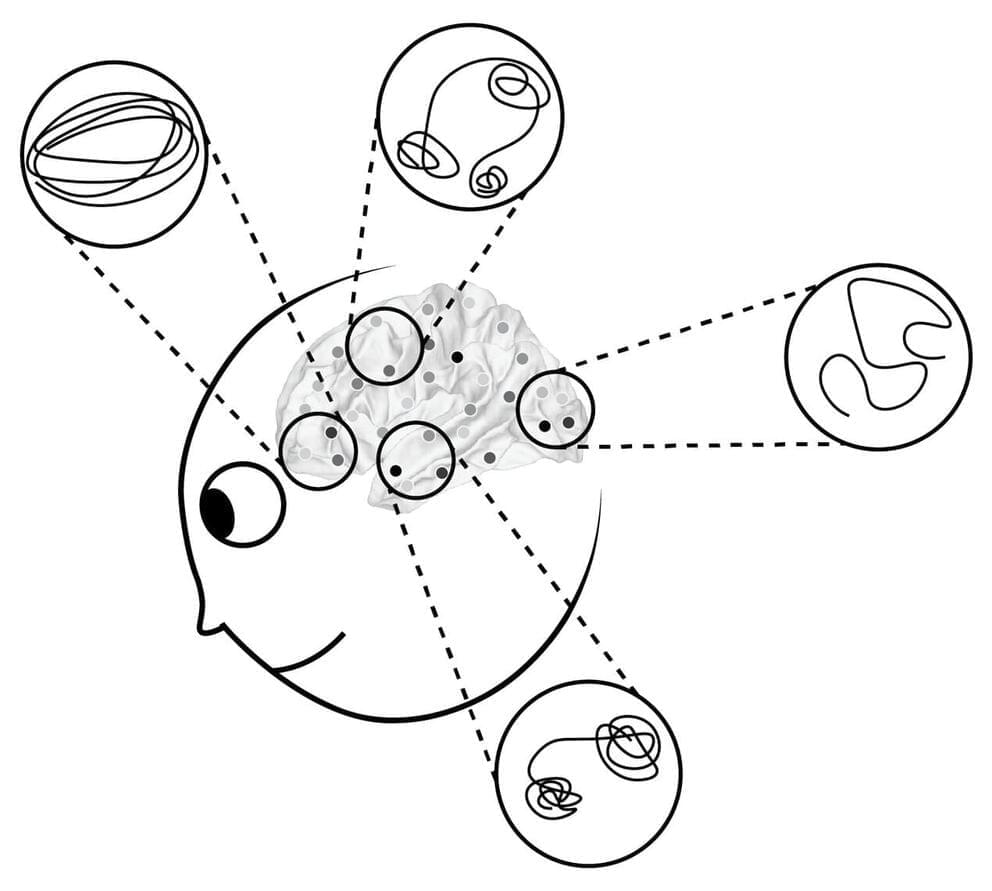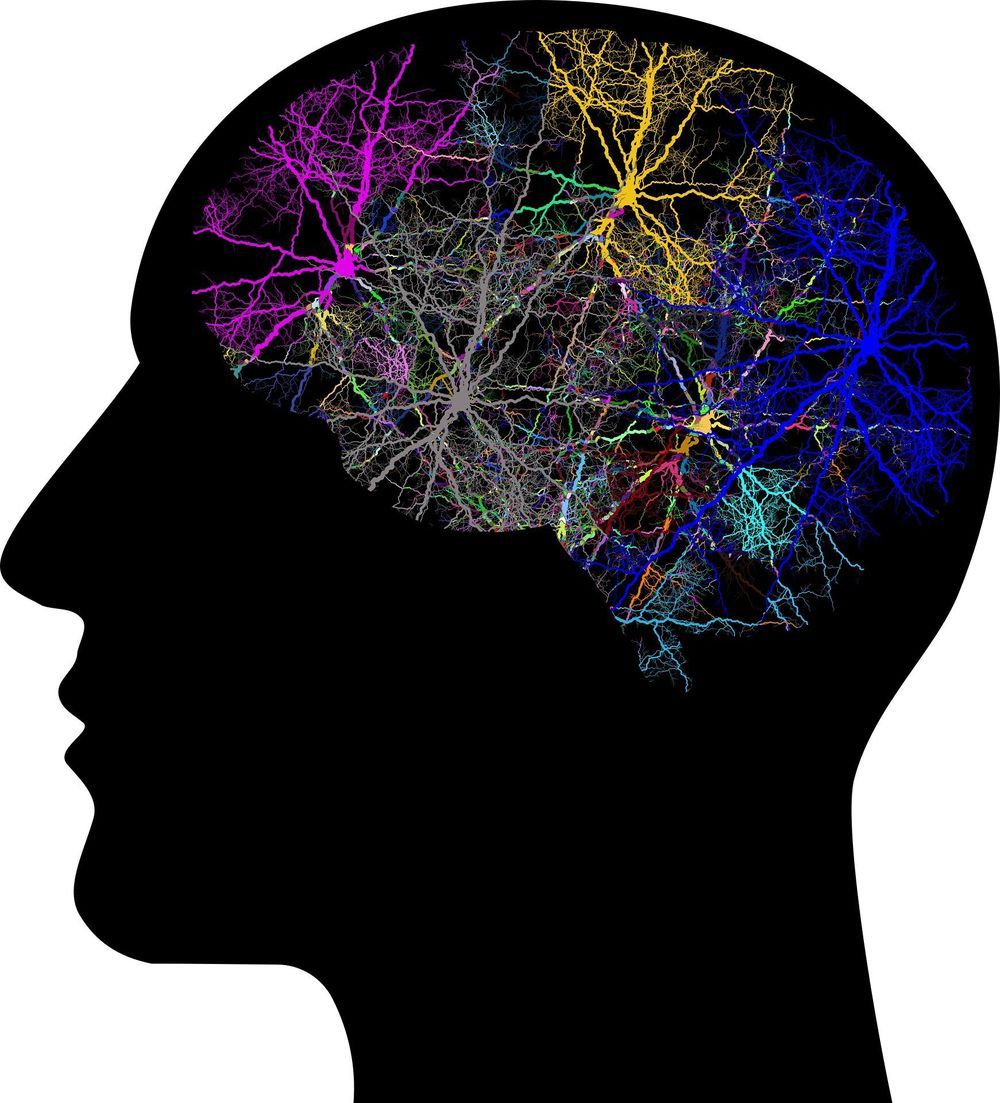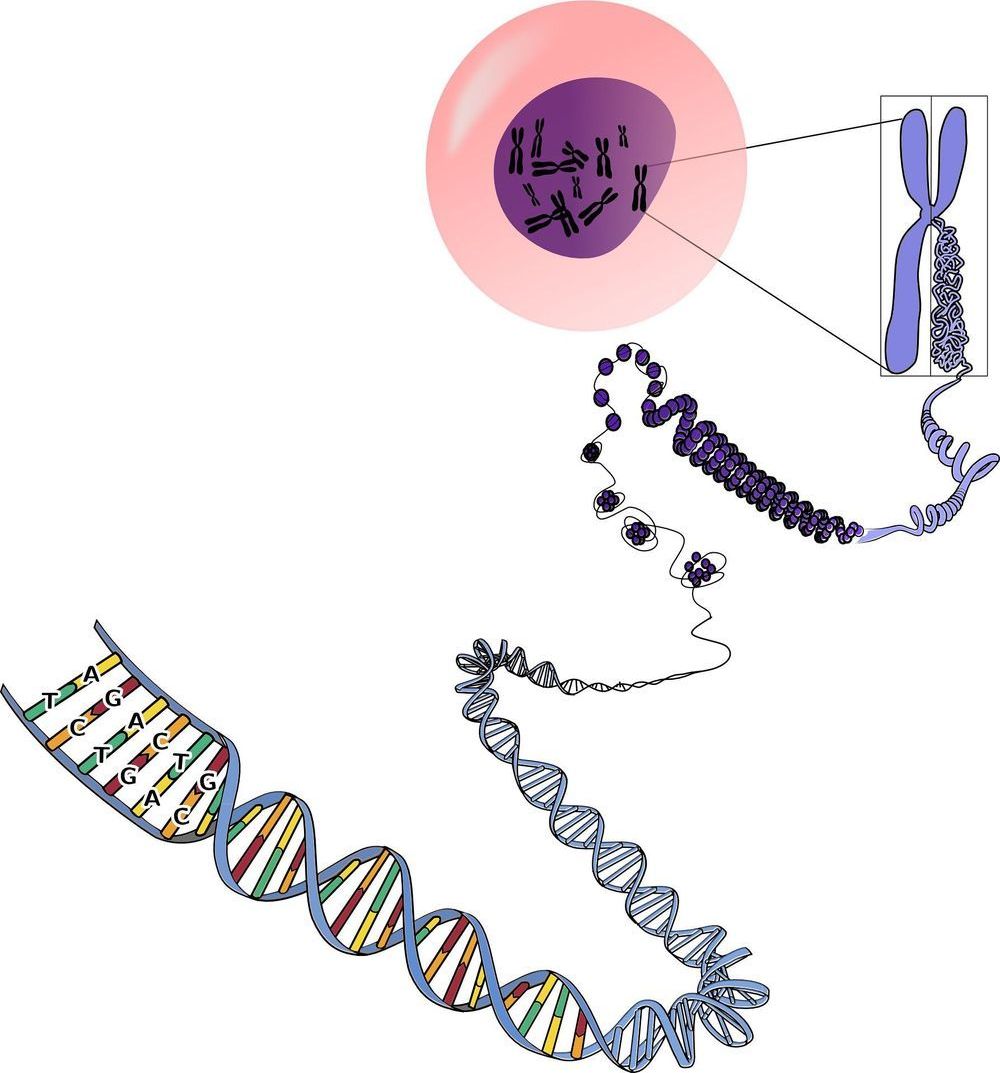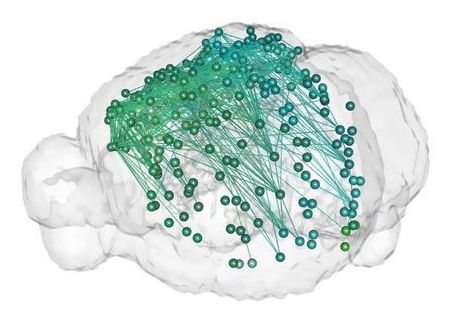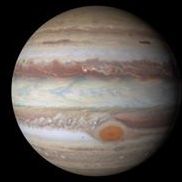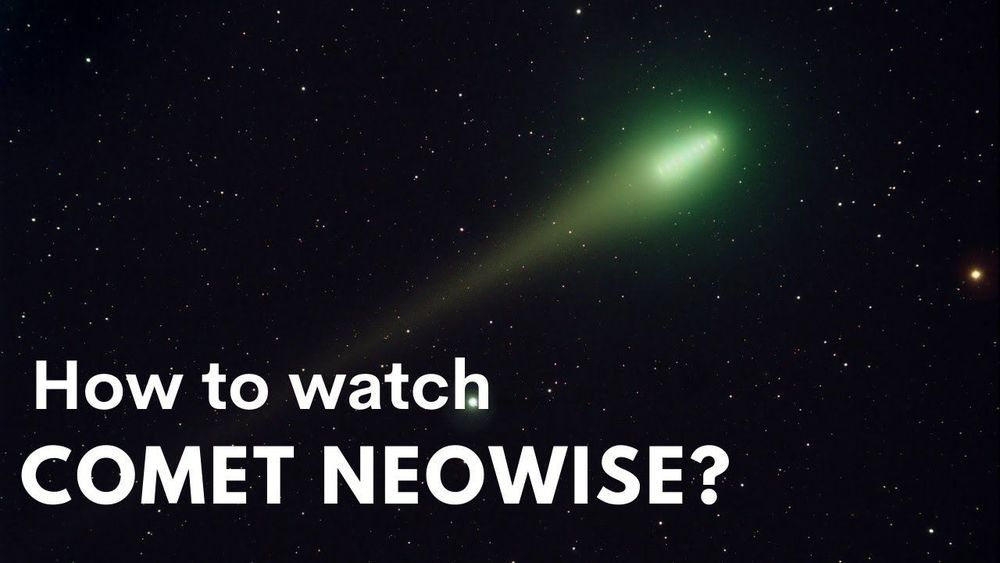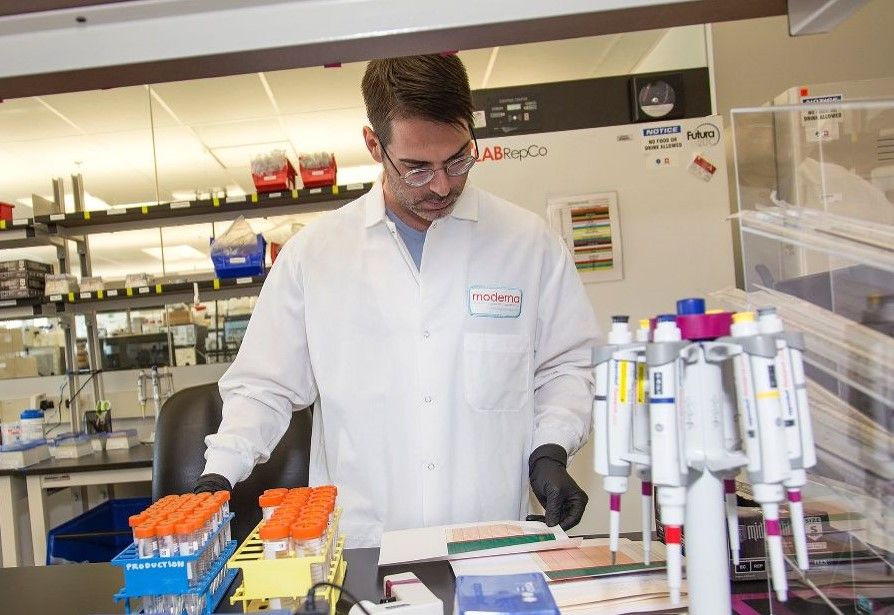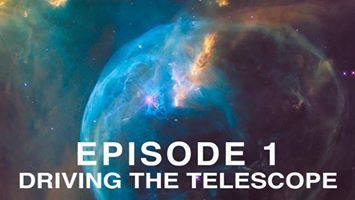Jul 16, 2020
A new framework for understanding dynamic representations in networked neural systems
Posted by Saúl Morales Rodriguéz in categories: biotech/medical, neuroscience
Groups of neurons in the human brain produce patterns of activity that represent information about the stimuli that one is perceiving and then convey these patterns to different brain regions via nerve cell junctions known as synapses. So far, most neuroscience studies have focused on the two primary components of neuron information processing individually (i.e., the representation of stimuli in the form of neural activity and the transmission of this information in networks that model neural interactions), rather than exploring them together.
A team of researchers at the University of Pennsylvania recently reviewed literature investigating each of these two components, in order to develop a holistic framework that better describes how groups of neurons process information. Their paper, published in Nature Neuroscience, introduces a holistic theoretical perspective that could inform future neuroscience research focusing on neural information processing.
“In the past decade or so, neuroscientists have used more sophisticated tools to understand how the brain represents things that it sees or hears in its environment,” Harang Ju and Danielle Bassett, the two researchers who carried out the study, told Medical Xpress. “Some researchers studied brain representations as single patterns of brain activity, while others studied representations as changing patterns of activity. The aim of our paper was to explore how understanding the brain as a network of neural units and their connections could frame the recent developments in a way that helps push the field towards a better understanding of the dynamic nature of neural representations.”
